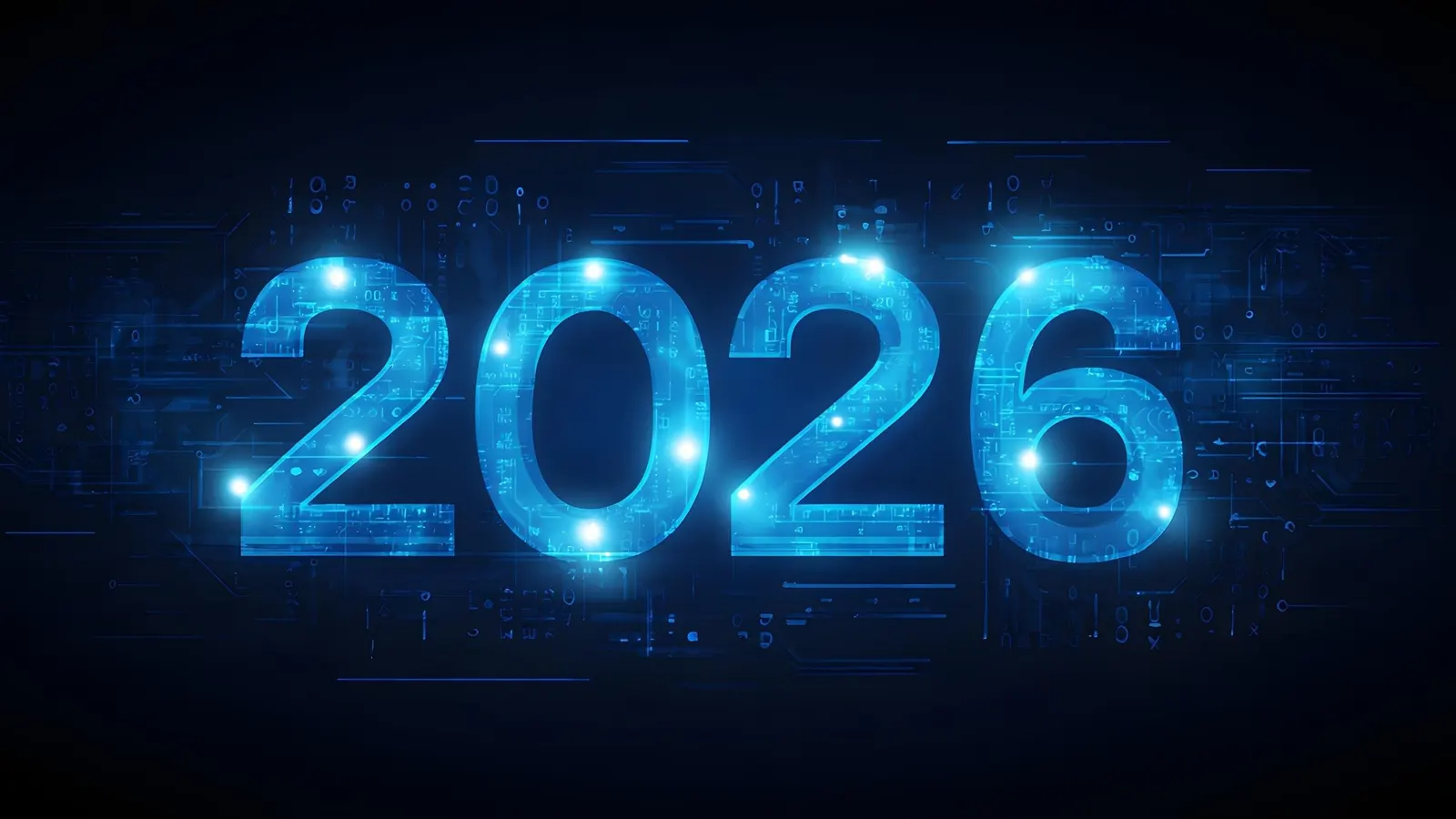By Bernard Marr,Contributor
Copyright forbes

Technology in 2026 will be driven by artificial intelligence, intelligent agents, quantum computing, new energy solutions and a stronger focus on human skills.
Adobe Stock
Once again, AI dominates the agenda when it comes to discussing the most significant and impactful trends of the coming year.
But with 2026 fast approaching, the conversation isn’t just around what AI will or won’t do, it’s about how businesses, governments and ourselves as individuals adapt and grow as the scope and scale of disruption begins to coalesce.
Other technologies will play their part, but none of them will be unaffected by the impact of AI. So the trends I’ve identified here as the most significant don’t focus on specific technologies, but rather the impact they will have on our lives and the changes they will bring.
None of these will happen in isolation, and AI is undoubtedly the thread weaving them together. But these are the major forces behind the technology that drive innovation and change over the next 12 months.
1. AI Disruption: From Reaction To Reinvention
In recent years, we’ve seen industry, governments, education and everyday folk scrambling to adapt to the disruptive impact of AI. But by 2026, we’re starting to get answers to some of the big questions around its effect on jobs, business and day-to-day life. Now, the focus shifts from simply reacting to reinventing and reshaping in order to find our place in this brave, different and sometimes frightening new world.
MORE FOR YOU
In healthcare, this means implementing solutions that have been shown to work in studies, in ways that will impact real lives. In media and marketing, it means building systems that leverage shifts like zero click, rather than being dragged down by them. Day-to-day, with newfound savviness to the reality of the threats it brings, we will use AI to save time and eliminate hum-drum tasks, allowing us to work and play smarter and more safely.
These challenges aren’t just technological, but also societal, human-centric and ethical. Succeeding in 2026 will mean not resisting or fearing AI disruption, but instead reimagining what we can do with the opportunities it creates.
2. The Agentic Revolution
In tech, agents were undoubtedly the hot buzzword of 2025, representing a meaningful evolution over previous AI applications like chatbots and generative AI.
Rather than simply answering questions and generating content, agents take action on our behalf, and in 2026, this will become an increasingly frequent and normal occurrence in everyday life. From automating business decision-making to managing and coordinating hectic family schedules, AI agents will handle the “busy work” involved in planning and problem-solving, freeing us up to focus on the big picture or simply slowing down and enjoying life.
This means that over the next year, we will learn to identify tasks they can help us with, and make better judgments about what they can be trusted with, as we head into a future where machines are more than simple tools, they’re also intelligent, active co-workers, caregivers and companions.
3. Useful Quantum Computing
Quantum computing harnesses the strange and seemingly counterintuitive behavior of particles at the sub-atomic level to accomplish many complex computing tasks millions of times faster than “classic” computers. For the last decade, there’s been excitement and hype over their performance in labs and research environments, but in 2026, we are likely to see further adoption in the real world. While this trend might not appear to noticeably affect us in our day-to-day lives, the impact on business, industry and science will begin to take shape in noticeable ways.
For example, when used in financial modelling, it will allow a more accurate assessment of risks and optimization of investment portfolios. In drug discovery, it will bring the development of new medicines and a reduction in the time and cost necessary to carry out clinical trials. And in logistics, it will mean better routing of transport and deliveries and more efficient supply chains.
This new computing paradigm can be thought of as comparable to the leap from the earliest valve-based computers to microprocessors, and the vast increase in processing power it brought about. And while classical computers won’t become obsolete overnight, the impact on our lives could be just as significant.
4. Solving Tech’s Energy Crisis
Energy use isn’t just a peripheral issue when it comes to building the next generation of infrastructure that will enable progress. It’s foundational to our ability to put technology like AI to work on solving some of the world’s most pressing problems.
Data centers accounted for 4 percent of global energy consumption in 2024, and this is predicted to double by the end of the decade. In 2026, the focus is on switching to renewables to mitigate the environmental cost of fossil fuel use, as well as new energy solutions like hydrogen fuel cells, biofuels and modular nuclear reactors.
Technological progress hinges on our ability to do this in a way that keeps pace with growing demands, while minimizing impact on both the environment and the geopolitical elements of global energy markets. In other words, it’s not just about generating enough to keep the lights on; it’s about doing it in a way that enables resilience and sustainability. The growing understanding and awareness of this paradigm will be a key part of the conversation around technology and its role in society in 2026 and beyond.
5. The Human Factor
As technology comes closer to us in terms of abilities, 2026 will see growing calls for a renewed focus on the qualities that set us apart from machines. Recognizing where it can assist us, where the human touch is still essential and where an over-reliance may ultimately be to our detriment, will be increasingly central to the debate.
This will include pushback against the flood of synthetic and deepfake content threatening to drown out authentic human voices. As well as addressing the psychological impact of spending more and more of our time talking to chatbots or in online and virtual environments.
It also means understanding that innovation should empower us to utilize human qualities like empathy and ethical behavior as much as it drives efficiency, cuts costs or saves time. And it covers the critical importance of reskilling and upskilling human workforces so they don’t become redundant in an automated, AI-driven world.
Businesses and society in general will recognize value in qualities that can’t be generated simply by entering a prompt; authenticity, emotional intelligence, teamwork, inspirational leadership and long-term strategic thinking. The fact that most cybersecurity breaches exploit human vulnerabilities also touches on this—another problem that won’t be solved by technology alone, but will require sharpening our human instincts and ability to think critically.
All of this means that understanding and nurturing the essential qualities that make us human will be more vital than ever in 2026.
The year ahead will challenge leaders, innovators and individuals to rethink how they use technology while safeguarding what makes us human. By understanding these five forces and acting early, we can shape a future where AI and emerging technologies amplify creativity, resilience and progress rather than overwhelm them.
Editorial StandardsReprints & Permissions



